As we get older, we all know that there are a few aches and pains that your body just can’t shake off the same way it used to.
Your knees ache after an hour or two kneeling in the garden, and your shoulders start to bother you if you forget to stretch them out… These are all just part of your body changing as you age.
Of course, while many illnesses and injuries are often chalked up to the inevitable aging process, some are actually highly preventable.
Chief among these is Type 2 diabetes, an increasingly common illness that affects how your body stores and processes glucose.
It’s an illness that requires constant maintenance and can put you at risk for all sorts of complications, not to mention reduced lifestyle quality.
Fortunately, it’s also an illness with lots of warning signs. Learning how to spot these early, and stop them in their tracks, could make another “unavoidable” part of aging, well, a whole lot more avoidable.
Check out our quick and simple guide to understanding your prediabetes symptoms below!
Thumbnail Credit: YouTube
What Are The Signs Of Prediabetes? Sign #1: Blurry Vision

Prediabetes usually involves your blood sugar dipping and spiking frequently.
All that imbalance can affect your eyes, and make it hard for you to focus them, even with the help of corrective lenses.
If your sight is fine in the morning, and everything is fuzzy at the edges by nighttime, that's not your prescription getting worse; that's a sign your blood sugar is out of whack.
Regulating your sugar intake should eliminate the blurriness, without a trip to the eye doctor.
Sign #2: Excessive Thirst

We all need around eight full glasses of water a day, with some minor variation, and staying hydrated is great for your health.
That said, if you find that you are constantly thirsty and always need to guzzle water, it may be a sign that your body is trying to sort out your glucose levels.
If your sugar is too high, your body will attempt to flush it out with water, meaning that you'll end up taking twice as many bathroom trips thanks to all that excess hydration.
Sign #3: Stubborn Injuries
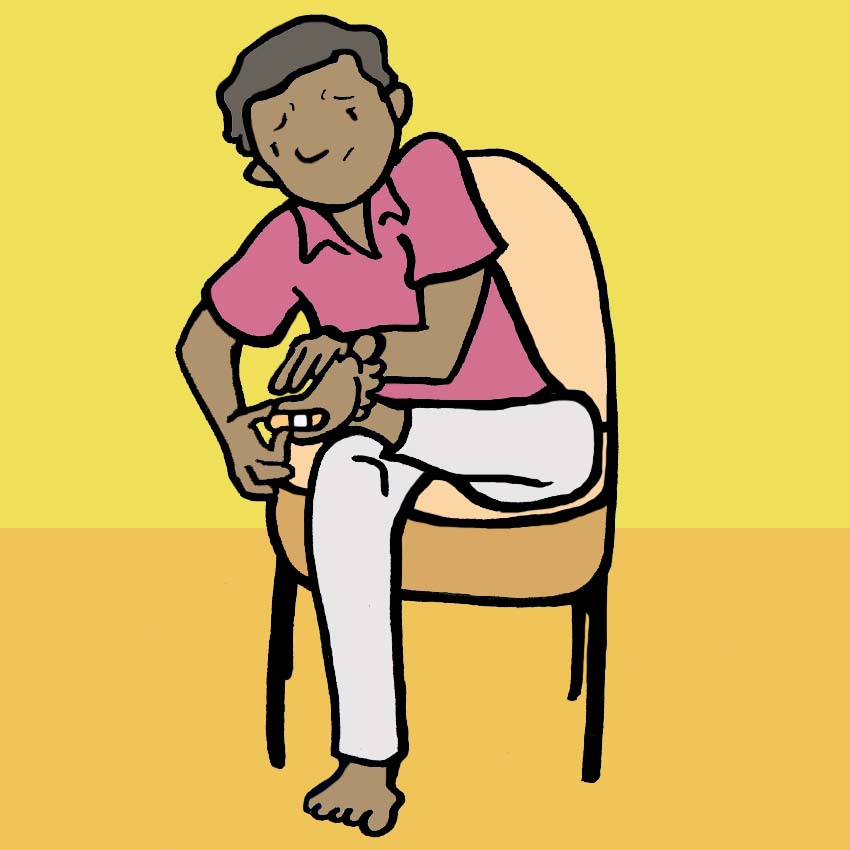
Having a lot of extra glucose in your blood can thicken your blood and make circulation sluggish.
We all know poor circulation can result in chilly hands and feet, not to mention pins-and-needles in your limbs, but it could also mean that you have a harder time healing minor wounds.
This is especially true for injuries to the hands and feet, which are the farthest from the heart.
So if you have a stubborn hangnail, or a blister that just won't recover, it could be a sign of excess blood sugar.
Sign #4: Darkening Skin
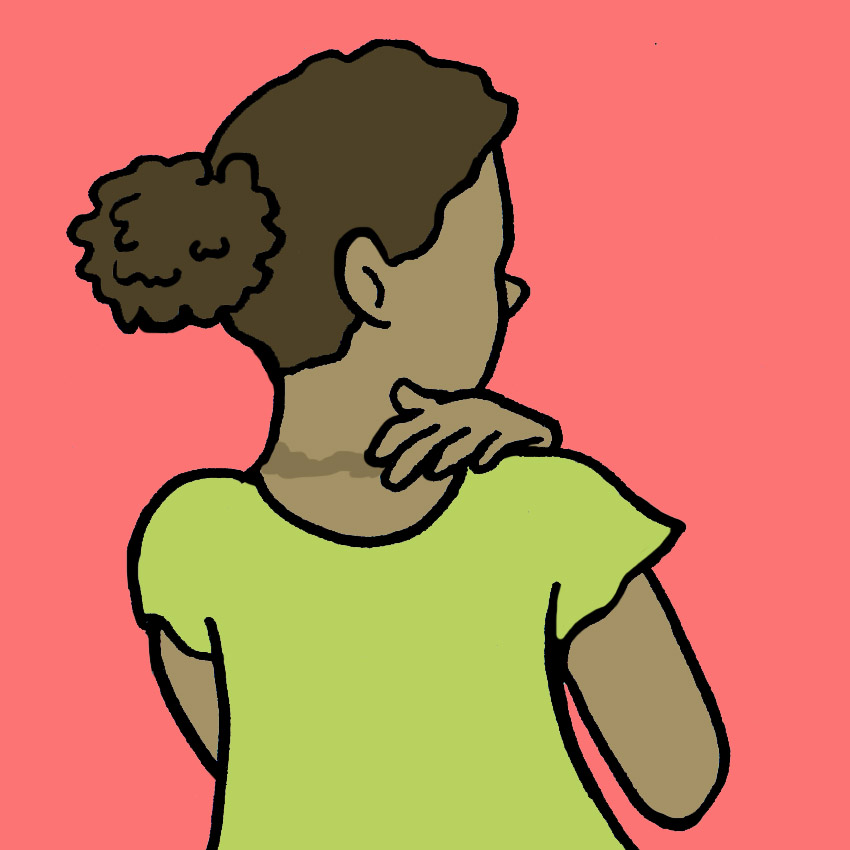
One of the classic signs of prediabetes has to do with your skin cells.
All that extra sugar encourages skin cells to reproduce faster, and it's especially noticeable in areas of the body where skin cells slough off more slowly.
Check the back of your neck, your underarms, and the creases of your elbows.
If you have patches of skin that are a few shades darker than your normal skin tone, and smooth and velvety to the touch, that's often a sign of prediabetes.
How Can I Reverse Symptoms Of Prediabetes? Solution # 1: Talk To A Doctor
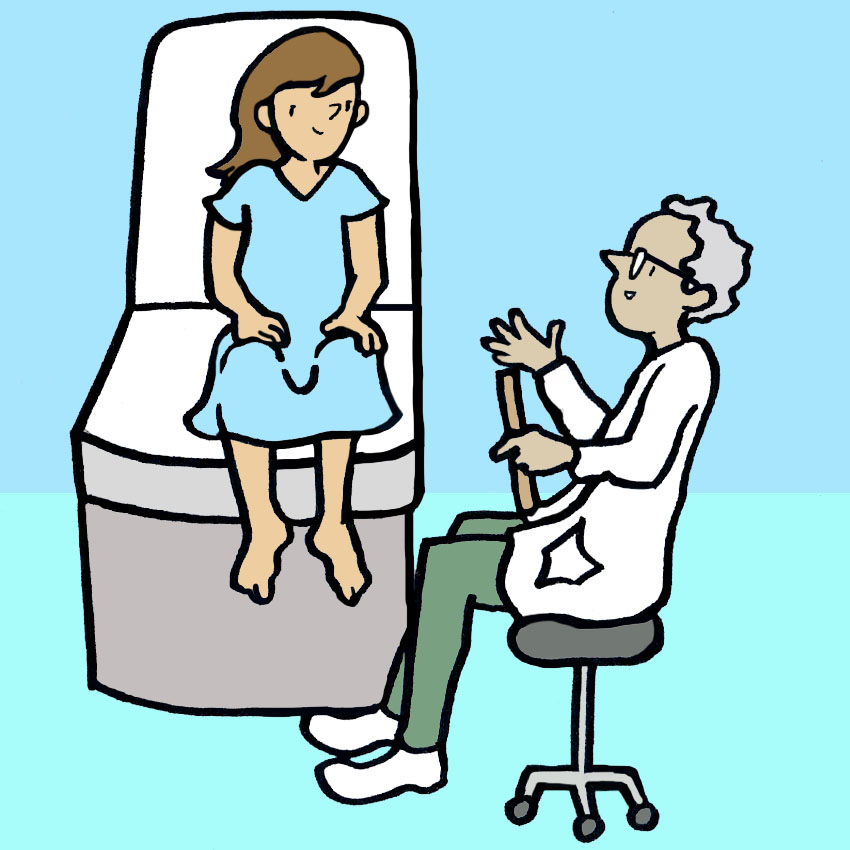
If you suspect you have prediabetes, your first step should be to schedule an appointment with your doctor.
Your doctor can perform a blood test to check your blood glucose levels, and determine your risk for developing diabetes.
A doctor will be able to help you build a nutrition and exercise plan, and can help connect you with a nutritionist or trainer if that's something you're interested in.
Solution #2: Skip Sweets
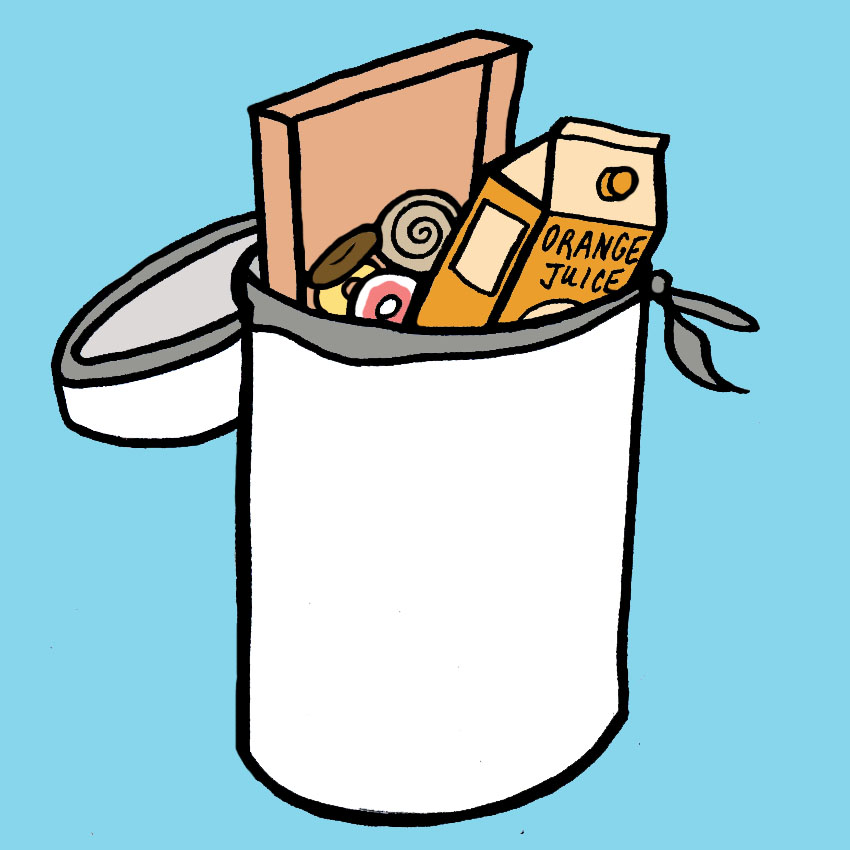
Even if you don't go to a dedicated nutritionist, be your own best caretaker and make sure you cut your sugar intake substantially.
Cut out the obvious culprits completely, things like donuts and sugary cereals that are high in carbohydrates and extra sugars.
Now, make sure to check for some more unexpected sugar sources.
Juice and smoothies seem healthy but are often full of unnecessary sugars, as are many pasta sauces, salad dressings, and crackers and breads.
Solution #3: Add Whole Grains
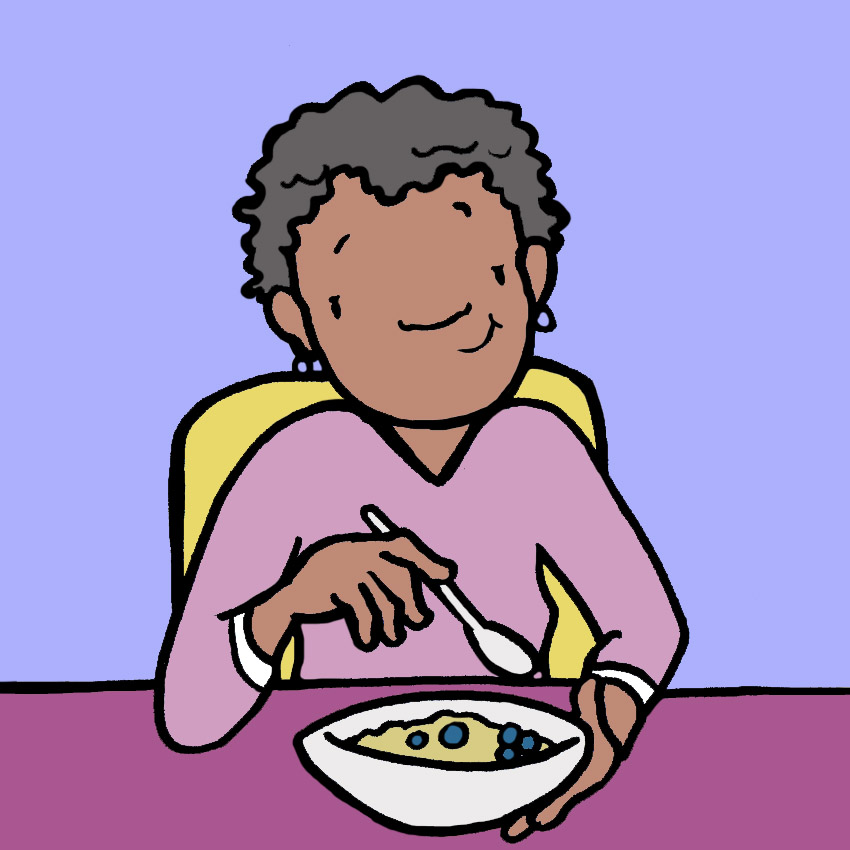
Instead, consider substituting many of those sugar-hiding culprits with whole foods that will help balance out your glucose levels.
Whole oatmeal (not instant) with fresh fruit is a great option for breakfast and snacks, and swapping in whole grain pastas and bread can make a big difference at dinner or lunchtime.
All of these whole grains are more heart-healthy, and research shows that they help promote your body's insulin production, which is responsible for regulating blood sugar.
Solution #4: Keep A Food Journal

One of the easiest ways to get off-track and resume a sugar-heavy diet is to eat without paying attention.
As we noted earlier, sugar is hidden in all sorts of unexpected places. You can keep a better handle on your intake if you keep track of everything you eat during the day in a food journal.
When possible, it's also a good idea to note calories intake and sugar grams, to make sure you aren't going over the recommended 2,000 calories and 25 grams of sugar.
If you or someone you know is at risk for prediabetes or Type 2 diabetes, make sure to SHARE this list and help others recognize the symptoms!




